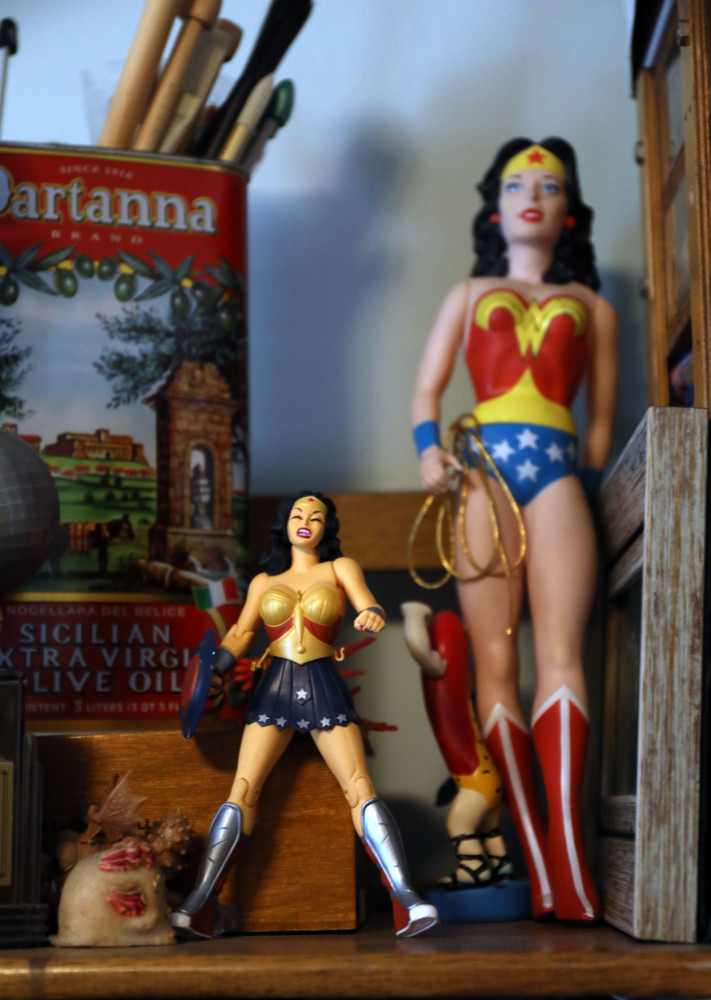By Sonaiya Kelley
Los Angeles Times
WWR Article Summary (tl;dr) A new USC study reveals (among other things) there were seven times as many male screenwriters listed as female and almost 12 times as many male directors.
Los Angeles Times
As the first female star of a superhero franchise, Wonder Woman may have empowered female viewers, female filmmakers and the summer box office, but she is still a lone Amazon in the world of men.
According to a new USC study, women remain strikingly underrepresented in film, both on- and off-screen. And when they show up, they are still portrayed in stereotypical ways.
At the Viterbi School of Engineering’s Signal Analysis and Interpretation Lab at USC, Shrikanth Nara-yanan, the Niki and C.L. Max Nikias Chair in Engineering, and a team of researchers used automated software to analyze the sophistication of language and character interaction in nearly 1,000 scripts, poring over 53,000 dialogues between 7,000 characters.
What they found was a whole lot of men, 4,900 male characters to 2,000 female characters, doing a whole lot of talking, men participated in 37,000, the women got only 15,000 dialogues.
Not surprisingly, there were seven times as many male screenwriters listed as female and almost 12 times as many male directors.
Women fared better as producers, only three times as many men as women, and were the majority of the casting directors by almost 2-1.
That the majority of casting directors were female seemed to have no effect on the gender makeup of characters.
However, the researchers found, if female writers were present in the writers room, female representation in the story was, on average, 50 percent higher.
The study also found that in the majority of films, the female characters tended to be about five years younger than their male counterparts and not central to the plot.
“If we were to remove a particular character, we can see if the centrality of the graph changes, which reflects how important they were to the script,” said Narayanan. “And we found that if you remove female characters, the centrality doesn’t change as much as it does for males. So one thing we’re finding is that across these various stories, more central roles are given to male characters.”
According to the study, stereotypes, of gender, age and race, abounded when films addressed topics including emotional arousal (excitement), valence (positive and negative emotion), sex, achievement, religion, death and swearing.
For example, female characters tended to be more positive, using language typically associated with family values, while male characters tended to speak more about achievement-oriented topics. Male characters also spoke more about death and used curse words more than their female counterparts.
Similarly, researchers found that Latino and mixed-race characters spoke more about sexuality than white characters, while African American characters had a greater percentage of swear words than other races.
buy premarin generic premarin without prescription online
Researchers found that older characters were more likely to appear “sage-like”: intelligent, less excited and with less mention of sexuality and more talk of religion.
The study, “Linguistic Analysis of Differences in Portrayal of Movie Characters,” will appear in the Proceedings of the Assn. for Computational Linguistics, 2017.














































































































































































































































































































































































